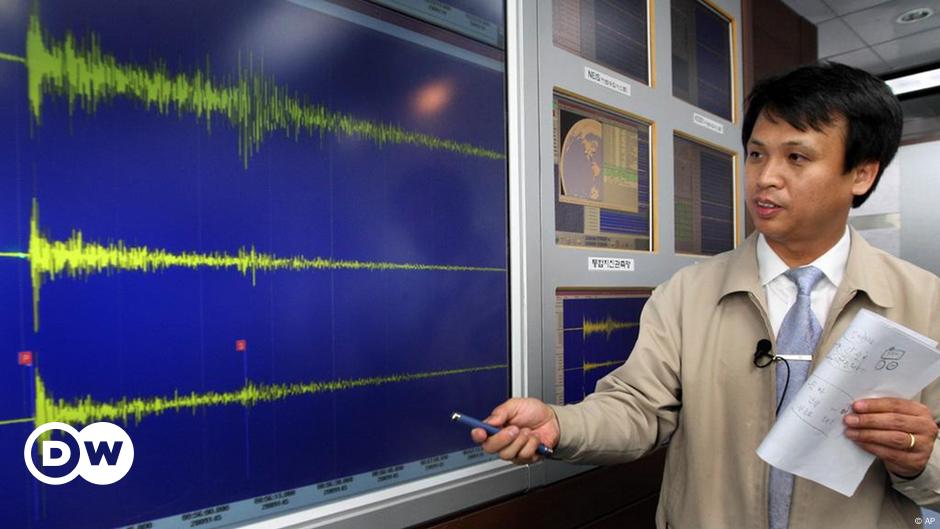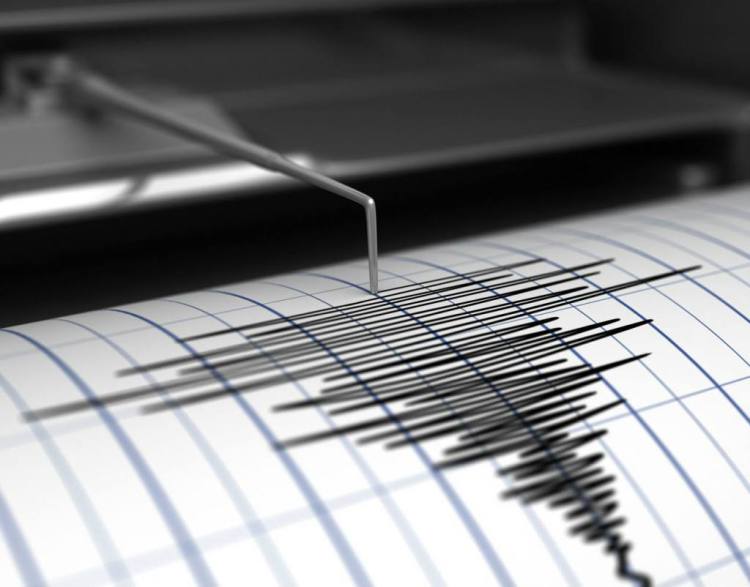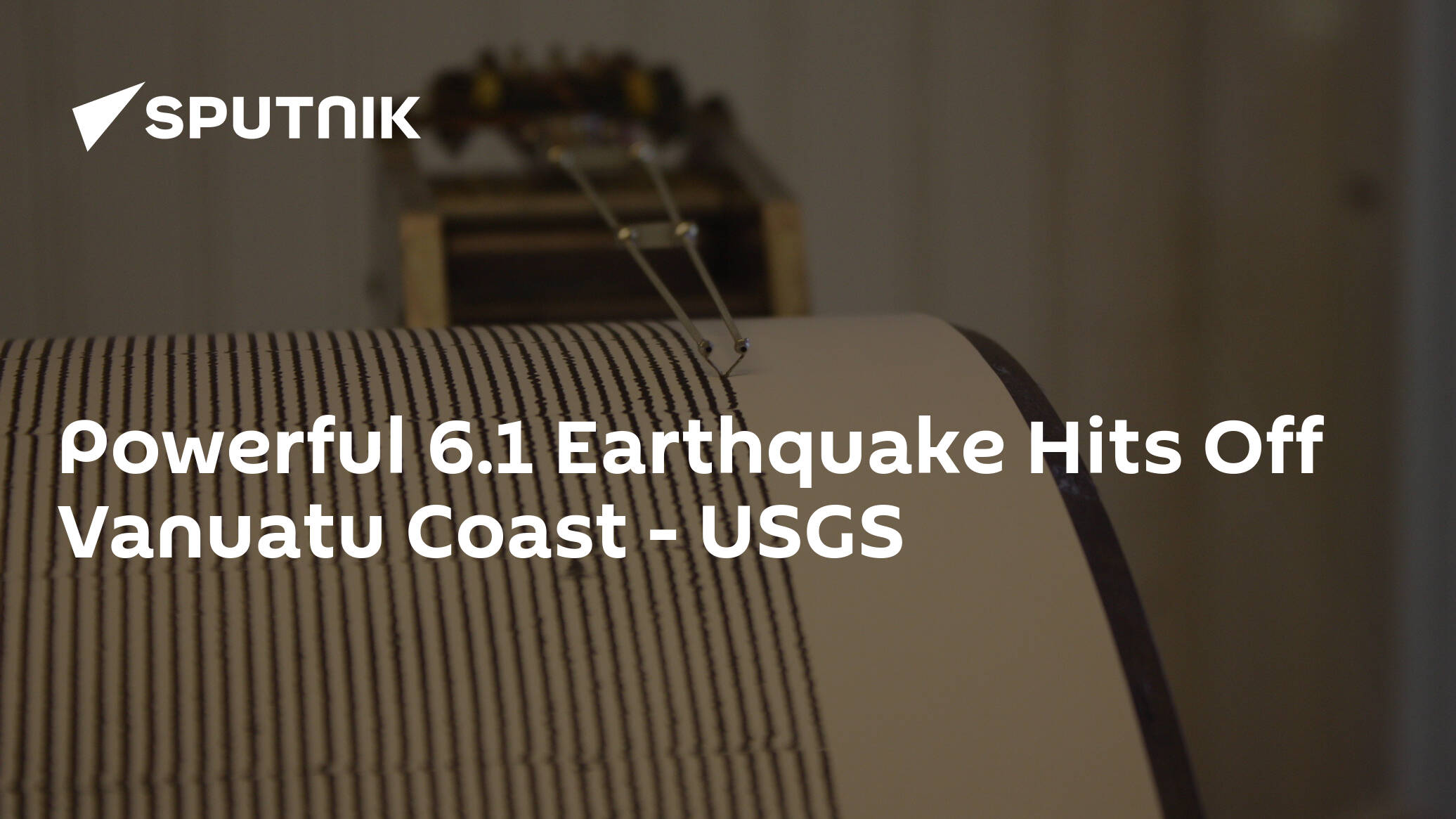The threat from the underground: Sounds like a bomb exploded
Kiruna. The Kiruna residents wake up at three in the night and have heard nothing like it. On Monday, May 18, paintings collapse from walls, beds move, and high-rise buildings sway. The bang is the largest mining quake ever in Sweden. But there are worse threats to LKAB, the job and Kiruna.
In a coffee room 814 meters underground, automation electrician Jonny Kumpula sits in a sofa and watches as a colleague fills water in the coffee maker.
It sounds like a bomb is exploding behind his back. Jonny Kumpula falls down from the sofa. The colleague drops the balance and spills water over the floor. Everything swings. They sit in a washing machine during a thunderstorm.
When the boards release from the walls, the colleague gets enough and says:
"It's time. Now we leave. "
They put on the mining helmets and run to the car. On the way up, they don't say much to each other. But they have time to think some when they look up at the roof. Now the mountain comes down, now we stay here.
- I just wanted to get up fast as hell and see the light in the tunnel, says Jonny Kumpula.
"Like a shotgun"
Meanwhile, many newly awakened Kiruna residents are rubbing their eyes. They basically live on an ore mine and are used to it grumbling in the ground, but what was that?
It was the biggest quake in a Swedish mine ever. The seismological event measures 4.9 on the Richter scale.
Thirteen people are down in the mine during the quake, and all of them can go undamaged to their collection points. They have no idea of any collapse and damage underground. But in a control center, Jonny Kumpula looks at a monitor that shows a tapping group where the ore is dropped into train carriages.
That part of the mining is automated. There are no people there.
- It looked like a shotgun. It had sprayed stone right out of the wall.
Hours away from a disaster
This is the first time that LKAB evacuates the mine and makes a total downtime due to a quake.
Nothing like that has happened in 130 years.
The state-owned mining company is investigating the extent of the damage. Some areas cannot reach them until the seismic activity in the rock has calmed down. It is possible to open the mining on a small scale relatively quickly, but it will take weeks before the operation is in full operation again.
LKAB was also lucky. If the earthquake happened in the morning when more than 300 people are underground, no great imagination is needed to imagine the disaster.
"It is an exceptionally powerful event," says Fredrik Björkenwall, the acting press officer at LKAB.
The question is, is it even possible to guarantee that the rock will never collapse?
- I say this: we can guarantee that we do everything we can to make sure that it does not become rock outfall, that is, rocks and stones collapse from the walls. It is also important to point out that these compositions are not dangerous if you are above ground. They do not threaten the inhabitants and the buildings.
A nasty logic
Regarding safety, the union is in agreement with the employer. No mine in the world can be 100 percent sure.
- It's like saying we should have zero vision on the roads. Will never happen until we do not drive ourselves, says Anders Elenius, chairman of the mine.
The deeper LKAB bursts and digs in the ground, the greater the tension in the rock. The greater the stresses in the rock, the more the risk of stronger discharges increases as the rock smoothes the pressure. The larger the discharges, the more dangerous it will be for the miners. That is the bitter logic of mining in Kiruna right now.
No one knows if the quake was a one-off event. Nobody knows if and when a similar bang will happen again.
- More such tremors risk adversely affecting the Kiruna residents. LKAB probably cannot afford so many fatal accidents, says Gunnar Selberg (C).
The ravine just grows
The voltages above ground are also large. The feud between LKAB and the municipality is bitter in 2020, which is due to the urban transformation.
As the ore body leans under Kiruna, parts of the city must move. Several of the city's landmarks have already been demolished, a few lakes have pumped away and the railroad has been moved. The only thing left of the old town hall is the belfry. The giant clock stands at the new town hall in Kiruna's new center, which is being built at the old Toullavaara mine, several kilometers away from the present city center.
The most noticeable change is the area in front of the mining mountain and the LKAB office. Where there used to be road, footpath and land, it is a deep gorge. Many in Kiruna call it the pit. In the United States it had been a canyon.
The gap follows the ore body. When LKAB picks out rocks in the underground, the ground slowly falls down and collapses. At the northern tip of the ravine, LKAB wants to mine more ore over a kilometer underground, but the municipality has not approved the permits.
LKAB and the municipal council do not agree on the costs and details of the urban transformation. LKAB thinks that they have paid enough and met the requirements, the municipality does not agree. The delay has meant that LKAB expects to produce less ore, which means that they can be forced to notify staff already this fall.
- LKAB will manage the corona, but we will not survive the municipality, says Anders Elenius.
"Must have a plan B"
Gunnar Selberg is of a different view. He says there is plenty of time left, that they will have the same time. But he is worried that it will be too expensive for the Kiruna residents.
- The municipality must ensure that we survive the urban transformation. It is actually even more important for the Kiruna residents. We let LKAB and the state demolish our city. Then it is not reasonable for us to have to pay this with higher taxes, or not have the necessary community services left. Development must go before decommissioning.
There is another problem. The forecast for how much quarrying ore remains in the current main level looks bleak. It can end in 2035.
Fredrik Björkenwall believes that technology development will be the solution, that the way LKAB finds and mines the ore will change and provide great benefits in the future. Gunnar Selberg does not dare to take a chance and believes that the space industry, tourism and other mineral resources in the municipality can replace the job if LKAB fails to secure the mine's survival.
- There's an end to a mine. I hope it doesn't happen in 2035, but in my head I work on the assumption that it might close in 15 years. We can't sit and run our heads in the sand and hope they find more ore. We must have a plan B.
Anders Elenius is more skeptical. A Kiruna without mining and LKAB? He laughs and says:
- Then you just have to fill in the pit again.
The ore will come out
A few days after the quake, Jonny Kumpula stands at his cabin in Saittarova, which is twelve kilometers outside Kiruna. A Luleå hockey flag flutters loudly in the yard and he pats one of his dogs.
Few may have heard of Saittarova, but some more may have seen Kumpula's dog. Her name is Aito and she is an actor. The Finnish lap dog played the leash puppy in the TV series "Rebecka Martinsson", which is based on the author and Kiruna daughter Åsa Larsson's crime novels.
"She's probably the biggest celebrity here anyway," he says.
Is he scared of the quake? No. Does he trust security? Yes, there is not much to it. Possibly, outsiders, loved ones, have become more aware of the environment he works in, that there are always risks. After the week off, just re-stamp. The ore is going forward.
- You either love the mountain or you hate it. You can't go down and think it's half fun.
The planned blasts in the mine always occur sometime between half past one and half at night, every day, all year round. The fact that the low hum has not been heard in a few days is very unusual. But the night towards Thursday, May 21st shakes it in the ground and windows.
It's a safe sound. The heart of the mine, the city and the municipality has begun to strike again.







